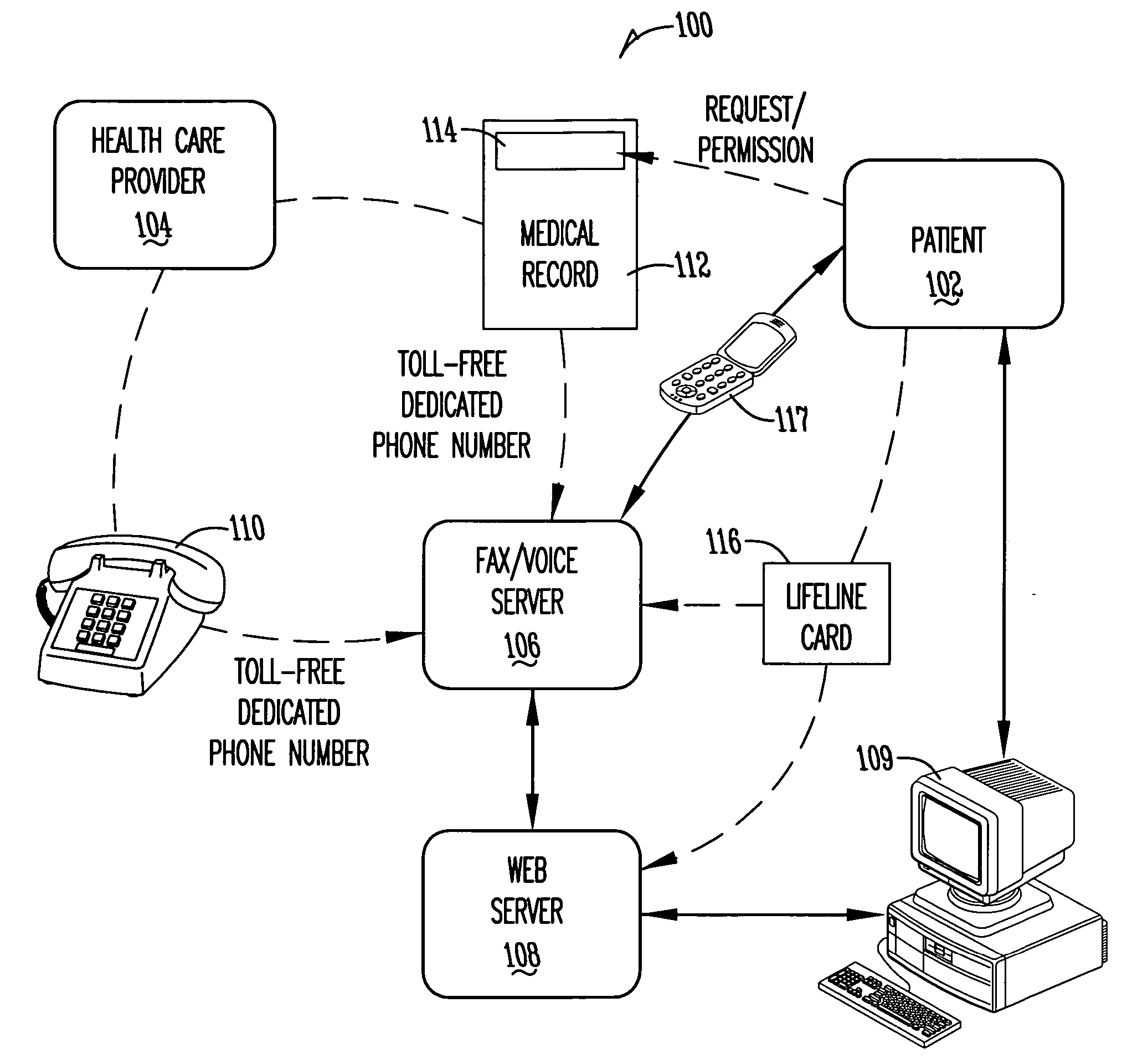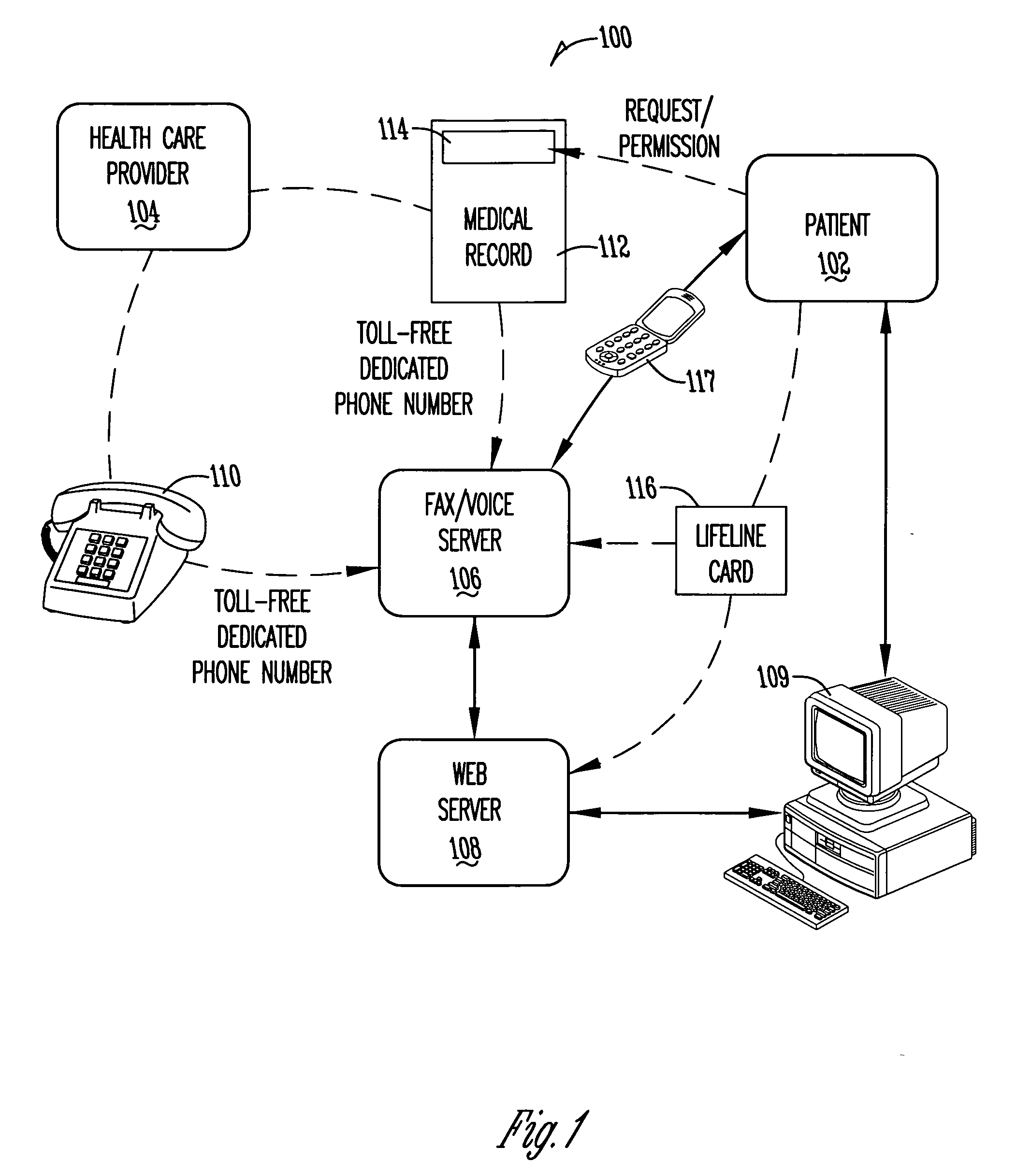A privacy practice statement of the health provider will likely explain that the patient the right to inspect and copy their medical records, but there may be significant procedural hurdles to overcome that burden both the health provider and the patient.
For example, the patient would be required to provide a written request, there may be
processing delays in receiving copies of the medical or
health related records, and additional
processing charges resulting from the inconvenience created for the health provider to comply with the procedural hurdles that they put in place to avoid inappropriately disclosing records of their patients.
Of course, privacy concerns regarding a patient's medical records creates other problems for health care providers.
The health care provider calls the patient at home or at work and the patient is not available.
Thus, the health care provider may not be able to leave a message with another person or with a
voicemail system if doing so would violate the patient's
privacy rights or expectations of privacy.
Even in cases where the health care provider may be legally authorized to do so via a previously agreed upon
privacy policy, doing so may be against the person's wishes as they did not understand what they were consenting to when they consented to the
privacy policy or did not understand their rights under the
privacy policy.
A patient may consider this a violation of their privacy.
Regardless of whether or not the patient has any legal recourse, this can result in the patient being upset and can have a negative
impact on the relationship between the patient and their health care provider.
Of course, instead of leaving a message, a health care provider could simply call back, but this is inconvenient for the health care provider or their staff and may unduly
delay the amount of time before the patient receives the message.
Another problem relating to medical records is that where an individual sees multiple health care providers, the inconvenience of requesting medical records is multiplied.
Given the inconvenience and the potential
delay in obtaining records it is also likely that in such instances the individual does not actually compile a complete
medical history.
Yet another problem relating to medical records is that often times they are most needed at a time when the individual is unable to provide them.
One of the problems with a service such as Synchart is that it requires users to enter information about their health histories into a
database, a
time consuming and cumbersome process which is inconvenient and sometimes difficult.
These issues are further magnified if an individual does not have a complete understanding of their medical records.
Another problem of such a
system is that clerical errors by the user can result in inaccurate information.
A further problem is that
medical information is not immediately available if the individual does not immediately enter the information.
Such a problem is exacerbated by the fact that often times when an individual is frequently seeing health care providers they are ill or injured and it is particularly inconvenient to update their medical records.
Finally, such a
system does not address issues of obtaining the medical records from the health care provider.
One of the problems with such an approach is that the records are not necessarily current.
Another problem with such an approach is that a
third party is involved so that complex forms will need to be completed by the consumer and the consumer's providers in order to grant the
third party access to the medical records which could cause
delay in gathering information.
Due to the
third party involvement, there is a chain of human handling of the documents that could compromise the privacy of the documents.
In addition, as the mini-CDs may not be secured or
password protected, or the information about how to access them readily available.
Where the mini-CDs are not secured or
password protected, unauthorized individuals could access a person's medical records.
HeartRecord has several inherent problems.
Another problem with such as service is that it is limited in scope.
A further problem with such as system is that it does not create a private communications link between a doctor and patient.
One of the problems with this approach is ease of use.
This can create an unacceptable inconvenience for a busy doctor's office and can cause
frustration.
Moreover, it also creates an additional opportunity for
human error in that use of the wrong pin number may direct the fax to a wrong destination.
Such a system is not focused on providing a private communications link between a patient and their health care provider.
Such a system does not provide for storage of medical records or a private communications links between a health care provider and patient.
One of the problems with such an approach is that it requires users to enter information on their medical records into a
database, a
time consuming and cumbersome task which can also result in inaccuracies.
In addition, this approach does not provide a secure communications link between a health care provider and their patient or offer storage and management of personal health and medical records.
Thus, despite the advancements in these areas, problems remain.
In particular, there is a general lack of recognition of the need to provide secure and private communications between a health care provider and their patient and to do so in a manner that is convenient to both the health care provider and the patient.
There is also a general lack of recognition of the problems for an individual to exercise their rights to receive access to their health care records and be able to store and maintain those records in one secured,
password protected account that allows for files to be categorized, annotated, sorted and viewed based on date, type of record, doctor, or user.
 Login to View More
Login to View More  Login to View More
Login to View More 


